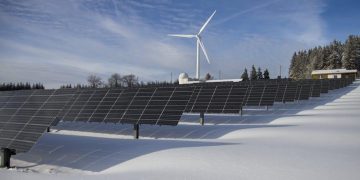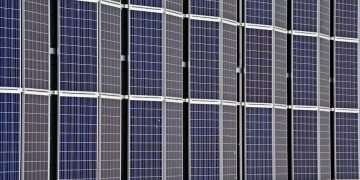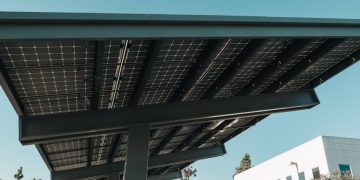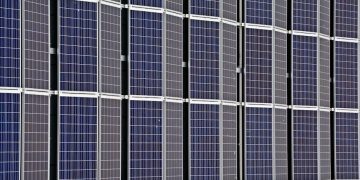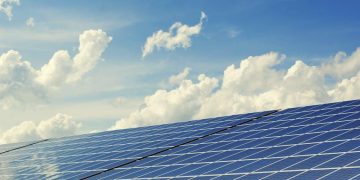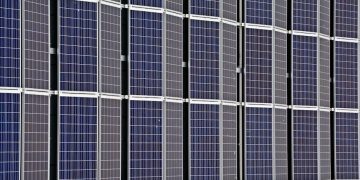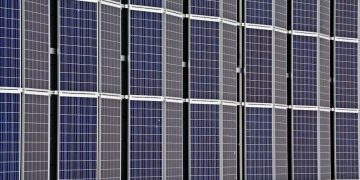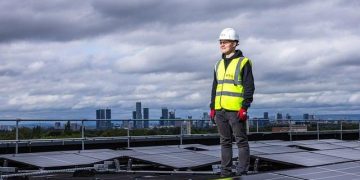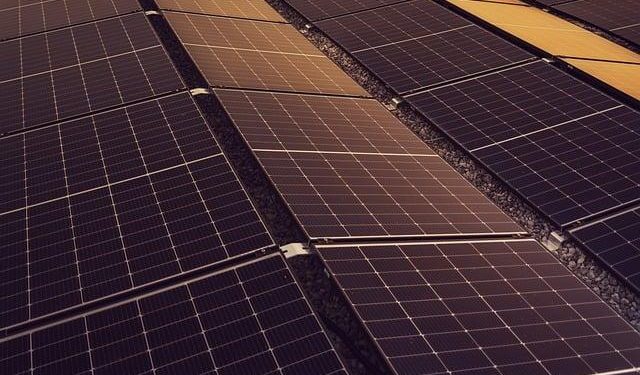In a world increasingly powered by the sun, the promise of commercial solar energy shines brightly as a beacon of sustainability and cost-efficiency. With panels glistening atop corporate rooftops and sprawling solar farms capturing rays in fields, the transition to solar seems not only inevitable but imperative. Yet, beneath the surface of this eco-friendly revolution lies a complex landscape of hidden costs that can catch even the most savvy business owners off guard. From unexpected maintenance fees to nuanced financial incentives, the journey to harnessing solar power is riddled with potential pitfalls. This article delves into the less-discussed challenges of commercial solar installations, equipping you with the knowledge to navigate this sunny terrain with eyes wide open.
Evaluating Installation Expenses and Their Long-Term Impact
When diving into the world of commercial solar installations, the initial sticker price often masks a myriad of underlying expenses that can significantly impact the long-term financial outlook. While many businesses are lured by the promise of reduced energy bills and sustainable practices, they might overlook costs that creep in post-installation. It is crucial to factor in these expenses to truly understand the financial commitment.
- Maintenance and Repairs: Solar panels require regular upkeep to maintain efficiency. Dust, debris, and weather conditions can affect their performance, leading to potential repair costs.
- Inverter Replacement: Inverters, the heart of solar systems, typically have a shorter lifespan than the panels themselves, often necessitating replacement within 10-15 years.
- Insurance and Permits: The cost of insuring solar installations and obtaining necessary permits can add up, particularly in areas with stringent regulations.
- Energy Storage Solutions: As energy demands fluctuate, investing in storage solutions like batteries might become necessary to optimize solar energy usage, adding to overall costs.
Each of these factors can subtly influence the return on investment, and savvy business owners must weigh these potential expenses against the anticipated savings to make informed decisions. By understanding and planning for these hidden costs, companies can more accurately predict the long-term impact of their solar investments.

Understanding Maintenance and Repair Obligations
When investing in commercial solar, understanding the intricacies of upkeep can save you from unexpected expenses. Maintenance and repair obligations often lurk beneath the surface, hidden costs that can significantly impact your return on investment. While solar panels are generally low-maintenance, the system’s complexity means that occasional attention is essential. Factors such as weather conditions, equipment wear, and unexpected failures can lead to maintenance needs that are both routine and urgent.
- Regular Cleaning: Dust, bird droppings, and other debris can reduce efficiency, requiring periodic cleaning.
- Inverter Checks: The heart of your solar system, inverters may need inspection and potential replacement over time.
- Monitoring System Performance: Ensuring the system is performing optimally may require software updates and hardware inspections.
- Warranty Limitations: Understand what your warranty covers and what it doesn’t, as this can affect repair costs.
Proactive management can help mitigate these costs. Consider negotiating comprehensive maintenance contracts when purchasing your system, ensuring that all potential issues are covered. By planning for these obligations upfront, businesses can protect their solar investment and ensure it continues to deliver clean energy efficiently and cost-effectively.
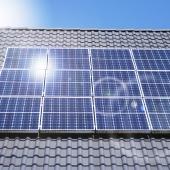
Navigating Regulatory and Compliance Challenges
Embarking on a commercial solar project can be an exhilarating venture, promising long-term financial and environmental benefits. However, it also requires navigating a labyrinth of regulatory and compliance challenges. These can manifest as hidden costs if not meticulously planned for. Before diving into the solar energy landscape, it’s crucial to understand the regulatory framework specific to your location, which can vary widely from one jurisdiction to another.
- Permitting and Approvals: Securing the necessary permits can be time-consuming and costly. Delays in obtaining approvals can stall projects and inflate budgets.
- Grid Connection Requirements: Understanding the technical requirements for connecting to the local grid is essential. This can involve additional equipment or upgrades that aren’t immediately obvious.
- Tax Incentives and Credits: While tax incentives can significantly offset initial costs, navigating their complexities requires thorough knowledge and, often, professional guidance to ensure compliance and maximization of benefits.
Understanding these regulatory nuances not only helps in avoiding unexpected expenses but also ensures a smoother transition to sustainable energy. Engaging with experienced consultants or legal advisors can provide invaluable insight into the compliance landscape, potentially saving both time and money in the long run.

Maximizing Efficiency with Strategic Energy Management
In the realm of commercial solar energy, strategic energy management emerges as a cornerstone for maximizing efficiency. While solar installations promise a reduction in energy costs and carbon footprint, a meticulously crafted energy management plan ensures these benefits are fully realized. Key strategies include:
- Demand Response Programs: Engaging in these programs can help businesses optimize energy use during peak times, potentially leading to significant savings.
- Energy Monitoring Systems: Implementing advanced monitoring systems allows for real-time tracking of energy consumption, identifying inefficiencies that can be addressed promptly.
- Maintenance and Upkeep: Regular maintenance of solar panels and associated equipment ensures they operate at peak efficiency, reducing unexpected repair costs.
By prioritizing these strategic approaches, businesses can not only mitigate the hidden costs associated with commercial solar but also enhance their overall energy efficiency. The path to sustainability becomes clearer and more economically viable when guided by a well-structured energy management plan.
The Way Forward
As we draw the curtains on our exploration of “,” it’s clear that the path to harnessing the sun’s power is not as straightforward as it might seem. While the allure of sustainable energy shines brightly, the shadows of unforeseen expenses can lurk just out of sight. Navigating these hidden costs requires not only a keen eye but also a strategic mindset. From installation hiccups to maintenance surprises, understanding these potential pitfalls empowers businesses to make informed decisions that align with both their financial and environmental goals. As you consider the journey toward a solar-powered future, remember that foresight is your most valuable tool. Equip yourself with knowledge, ask the right questions, and partner with experts who can illuminate the path. the true cost of solar isn’t just measured in dollars and cents, but in the clarity of vision that guides you toward a brighter, more sustainable tomorrow.


